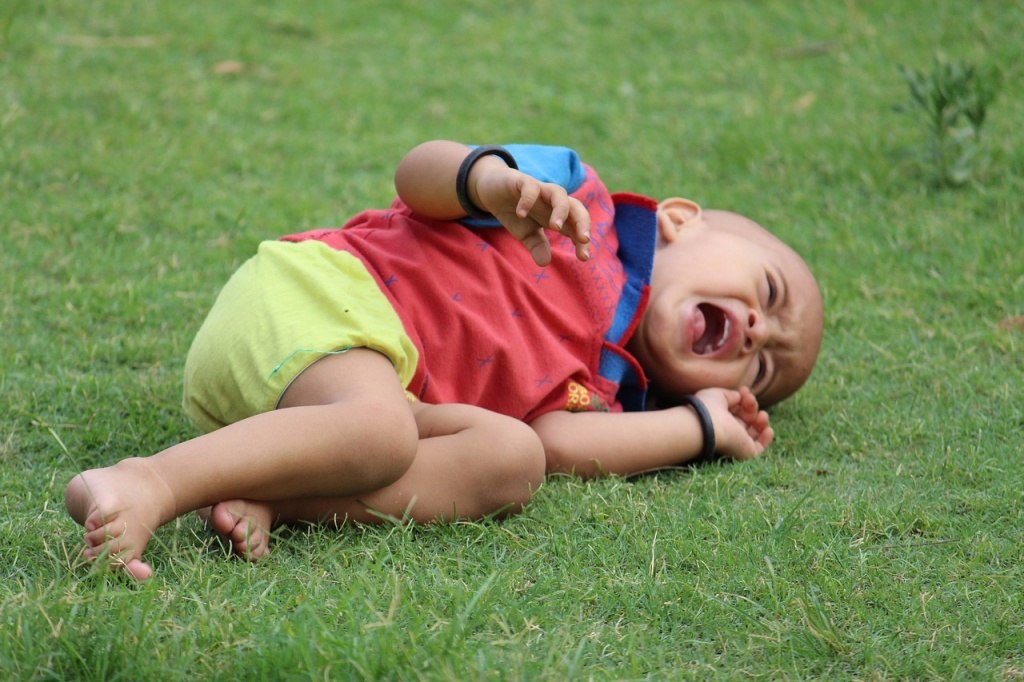
Falls are the leading cause of unintentional injury for children. According to a report released by the Centers for Disease Control and Prevention, an estimated 9.2 million children visit emergency departments each year for unintentional injuries.
Falls were associated with over half of the nonfatal injuries involving children in one year. Analysis of trauma data (October 2006 to December 2008) from Monroe Carell Jr. Children's Hospital at Vanderbilt shows that falls account for one third of all injuries among admitted patients. More than half of these injuries occurred in or around homes. The most common falls are from furniture, stairs, windows, baby walkers, shopping carts and playground equipment. The severity of a fall-related injury depends upon the distance of the fall and the type of landing surface.
Falls among children can be largely prevented by parental supervision and the use of safety products. Here are some simple precautions parents or caregivers can take to help keep children safe.
Fall prevention in the home
- Never leave a baby unsupervised on a bed, changing table, car seat, counter top or piece of furniture that raises them above the floor.
- If there is an infant in the home, use safety gates at the top and bottom of stairs.
- Strap children when they are in a highchair, car seat, stroller, changing table or bouncy chair.
- Keep clutter away from stairs and steps.
- Clean spills up as soon as they happen.
- Use a rubber pad in the bathtub to prevent slipping and rubber pads under rugs to keep them from sliding. Data from a study published in the online 2009 issue of Pediatrics shows that slips, trips and falls in bathtubs and showers are a common cause of injury, especially among children aged four and younger. The American Academy of Pediatrics recommends young children be supervised at all times while in the bathtub and shower.
- Keep children away from open windows unless you have a window guard or wedge in place. Remember, screens help keep insects out, but they do not help keep kids in.
- Move cribs, chairs, beds and other furniture away from the window because they could be used to climb on to reach the window.
- Avoid baby walkers: A young child may trip over a baby walker, or fall down the stairs while using a walker. A stationary activity center that does not have wheels can be a good alternative to baby walkers.
Fall prevention outside the home
- Keep safety belts fastened at all times. Whether your child is in a car seat, stroller, changing table or shopping cart, always strap your child in.
- Never leave your child unattended or allow them to stand up in a shopping cart.
- Check playgrounds: Look for surfaces made of wood chips, mulch or shredded rubber. Remove tripping hazards such as rocks and guide your child to age-appropriate equipment.